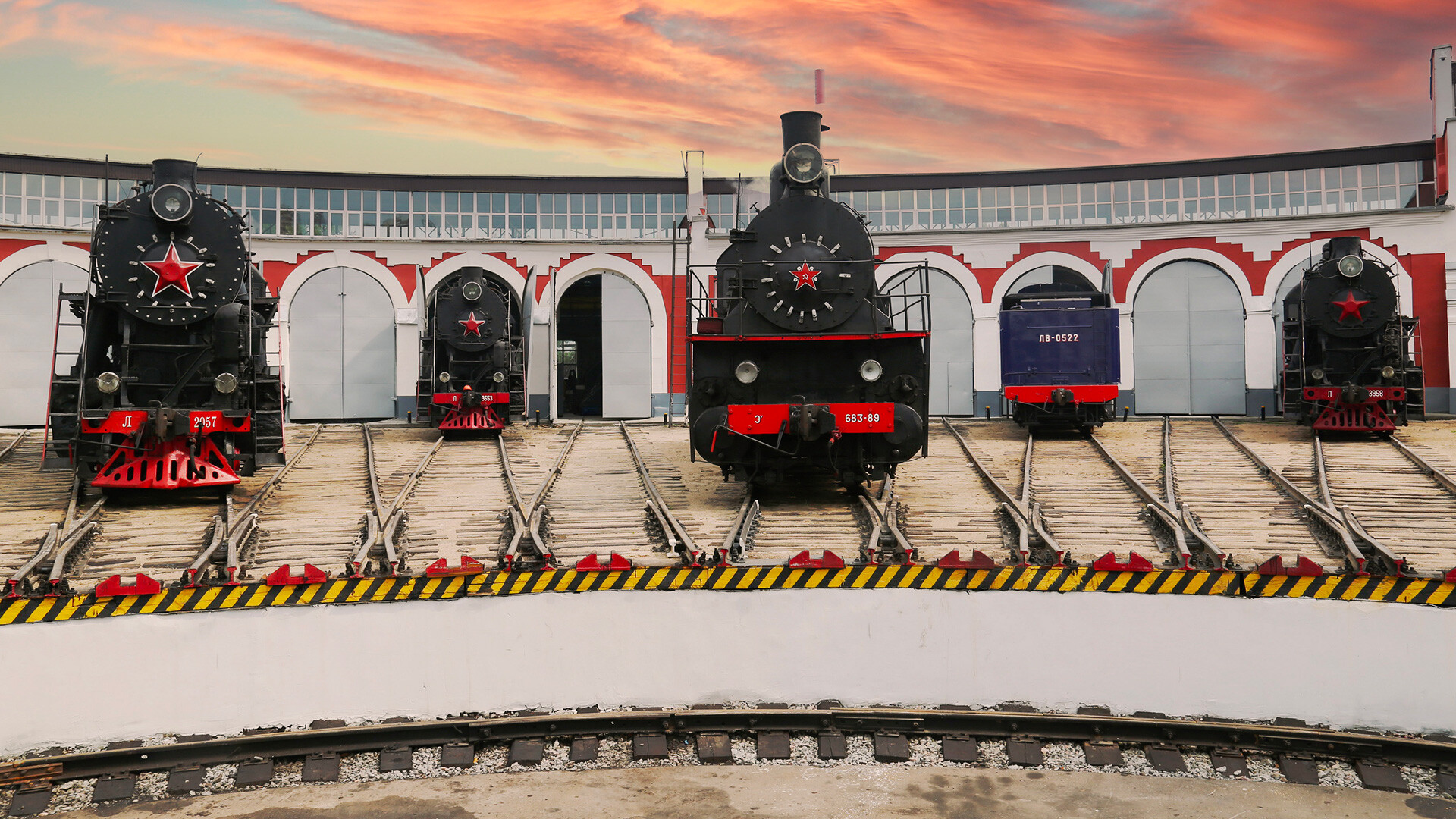
‘Podmoskovnaya’ historical station.
Russian RailwaysThere are dozens of woodland parks and interesting museums on the outskirts of Moscow and in the nearest Moscow Region, which are best accessible by rail. ‘Moscow Central Diameters’ is a new system of suburban train services that run at several minute intervals and pass straight through the center of the city. You can pay your fare with a ‘Troika’, the main public transport card and can be topped up at any station; transferring to the metro after is free of charge. The fare within the limits of Moscow in 2023 costs 54 rubles (approx. $0.60); in the suburban zone just outside of Moscow, it costs 71 rubles (approx. $0.78). As of today, four ‘MCD’ lines operate in the city and below are some of the interesting things you can see along the routes.
Skolkovo Station: Skolkovo Innovation Center
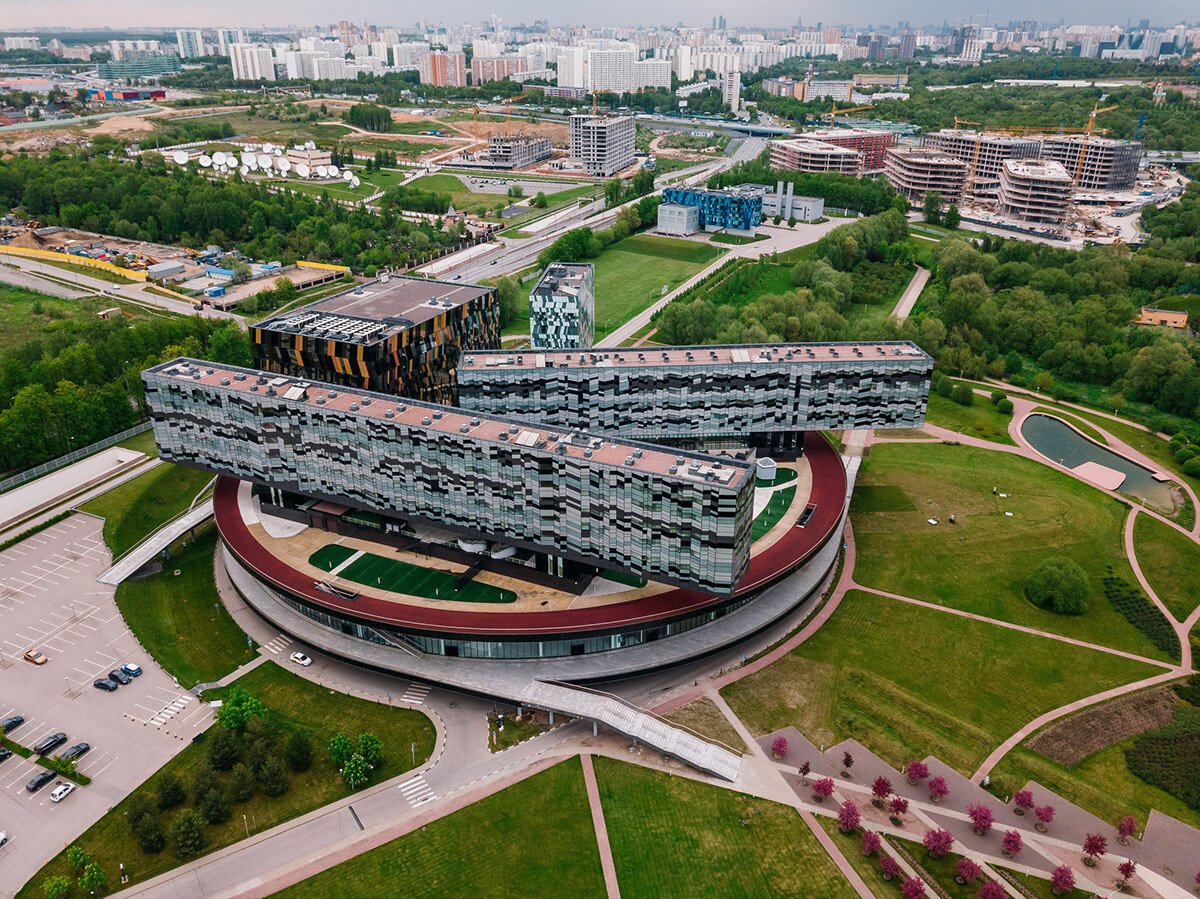
The futuristic architecture of Russia’s answer to ‘Silicon Valley’ is visible right from Skolkovo Station. There’s a building in the shape of a cube, a technopark, a business center in the shape of a truncated pyramid and many other unusual buildings in which scientists work all day on the problems of existence. Fancy taking a closer look? You can book an excursion online.
The park that surrounds ‘Innovation City’ is very large, you can spend your entire day there; if you get tired or the weather lets you down, an abundance of cafes is at your disposal.
Fili Station: Panorama museum ‘Battle of Borodino’
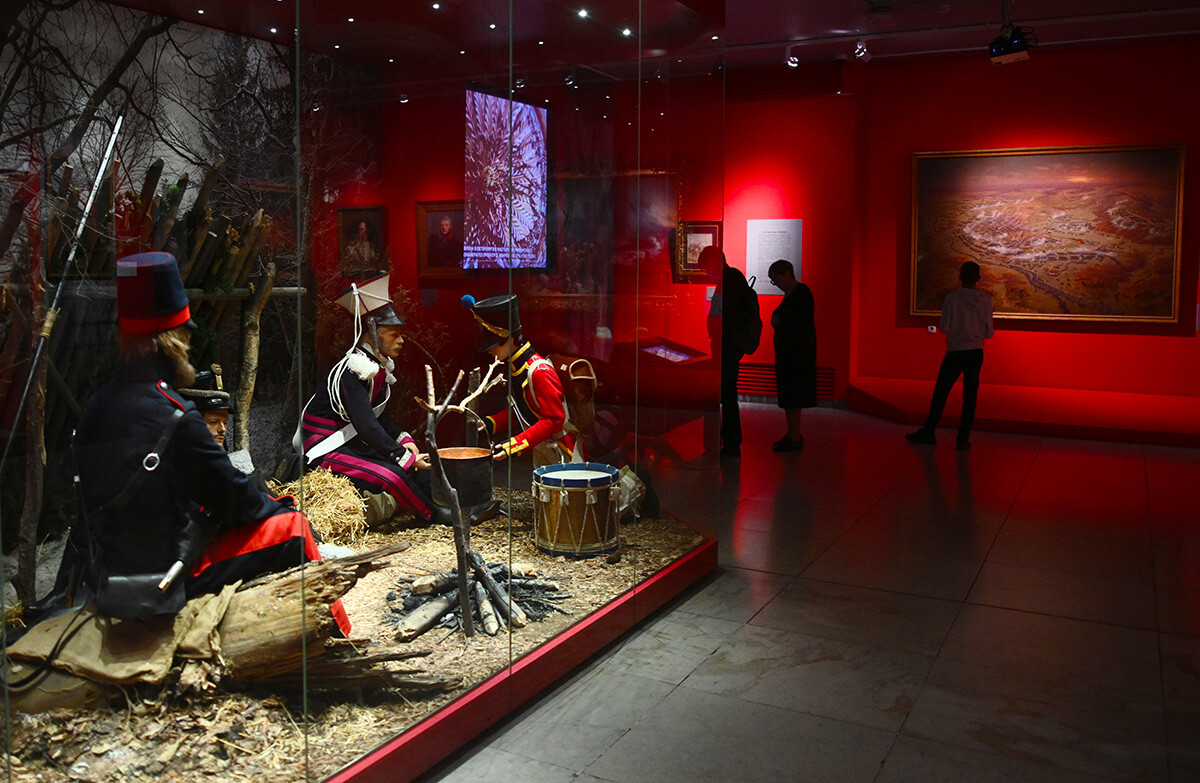
1812 Street leads from the subway station to the museum. Apart from the panorama itself, dedicated to the decisive battle of the Patriotic War of 1812, you can also take a look at Kutuzov’s izba. It’s a reconstructed wooden izba (the original one burned down in 1868), in which the military council of Russian generals made the decision to abandon Moscow.
Lianozovo Station: A promenade with swings

The entrance to the Lianozovo Landscape Reserve, a forest within the city limits, is located not far from the station; right beyond it lies the Lianozovo Promenade. It’s a small park with Art-Nouveau arches and swings under canopies. Of course, there’s enough room for walks!
Novodachnaya Station: Dolgiye Prudy Park
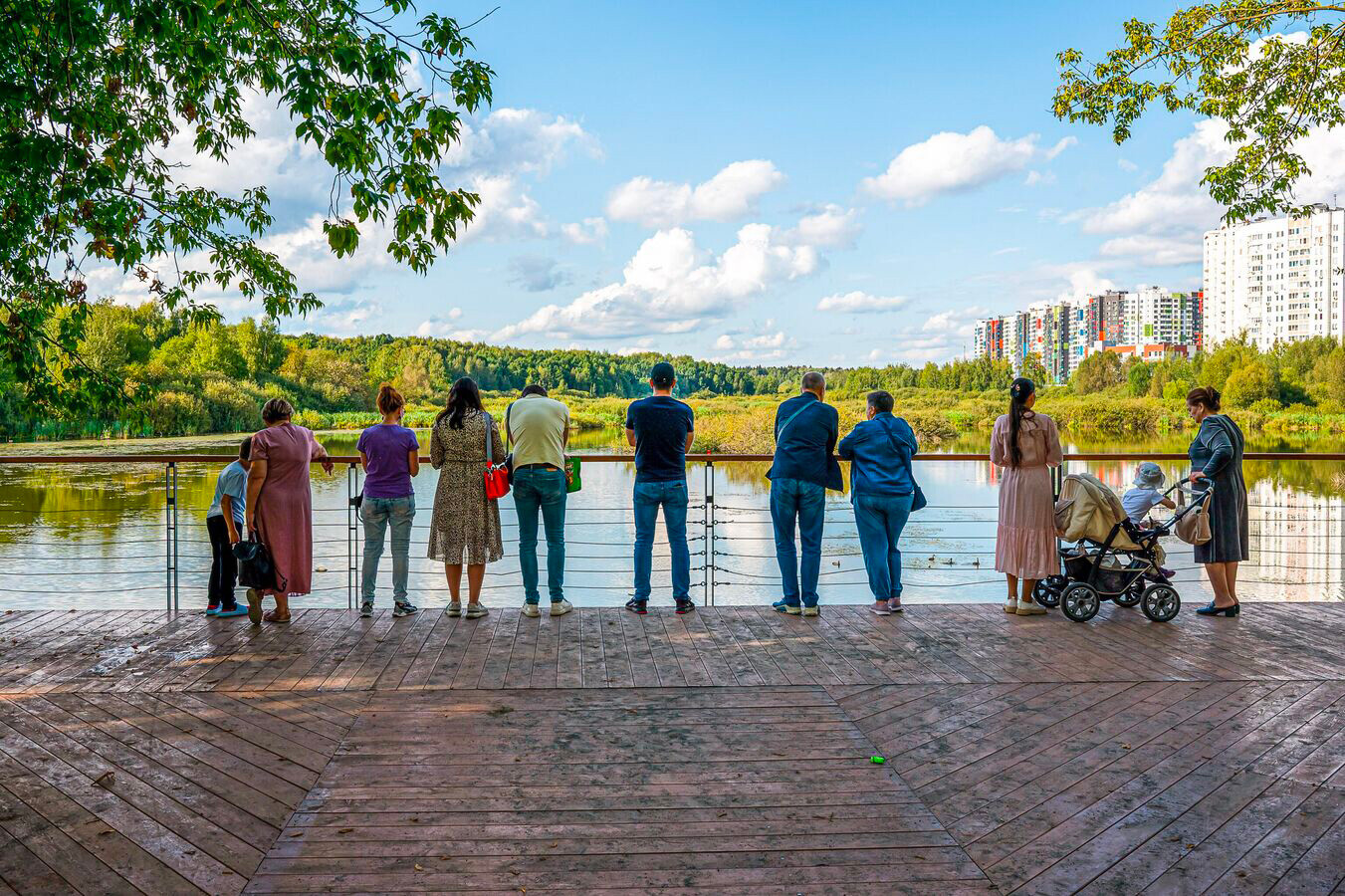
This is a large woodland park with a pond cascade and an observation deck that gave the Moscow Region city of Dolgoprudny its name. The remains of former noble estate Vinogradovo, owned by the ancestors of Russia’s main poet, Alexander Pushkin, are lost in the alleys near the northernmost pond. That was back in the middle of the 17th century.
Vodniki Station: The Moscow Canal and yacht clubs

If you want to learn how to sail or just love to watch yachts, get off at Vodniki Station. Apart from numerous yacht clubs, there are themed restaurants and hotels, as well as a promenade with a view of a bustling life. The other exit from the station will lead you to Yusupovsky Park with an amphitheater and to Mysovo Estate, which offers a view of Kotovsky Bay.
Krasny Baltiyets Station: ‘Podmoskovnaya’ locomotive depot
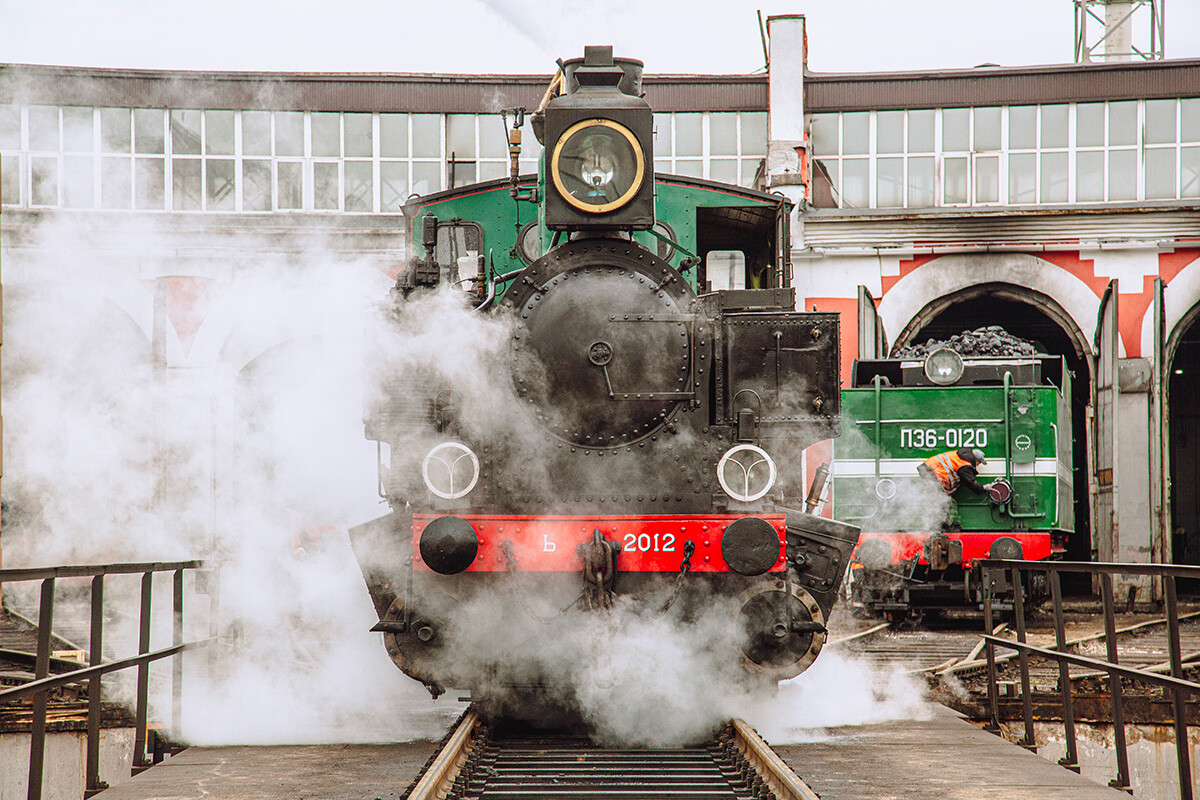
There’s a historical locomotive depot, one of the oldest in Moscow, near the modern station. Podmoskovnaya Station itself was opened in 1901. Its entire architecture is done in the Art-Nouveau style, popular at the time. It’s not just a depot, but also a water tower, a platform with an elegant roof and the station head’s residence, with a restored interior of the time. Today, this is also a museum (open Wednesday-Sunday from 10:00 to 17:00) and a repair facility for operating locomotives.
Dmitrovskaya Station: Design factory
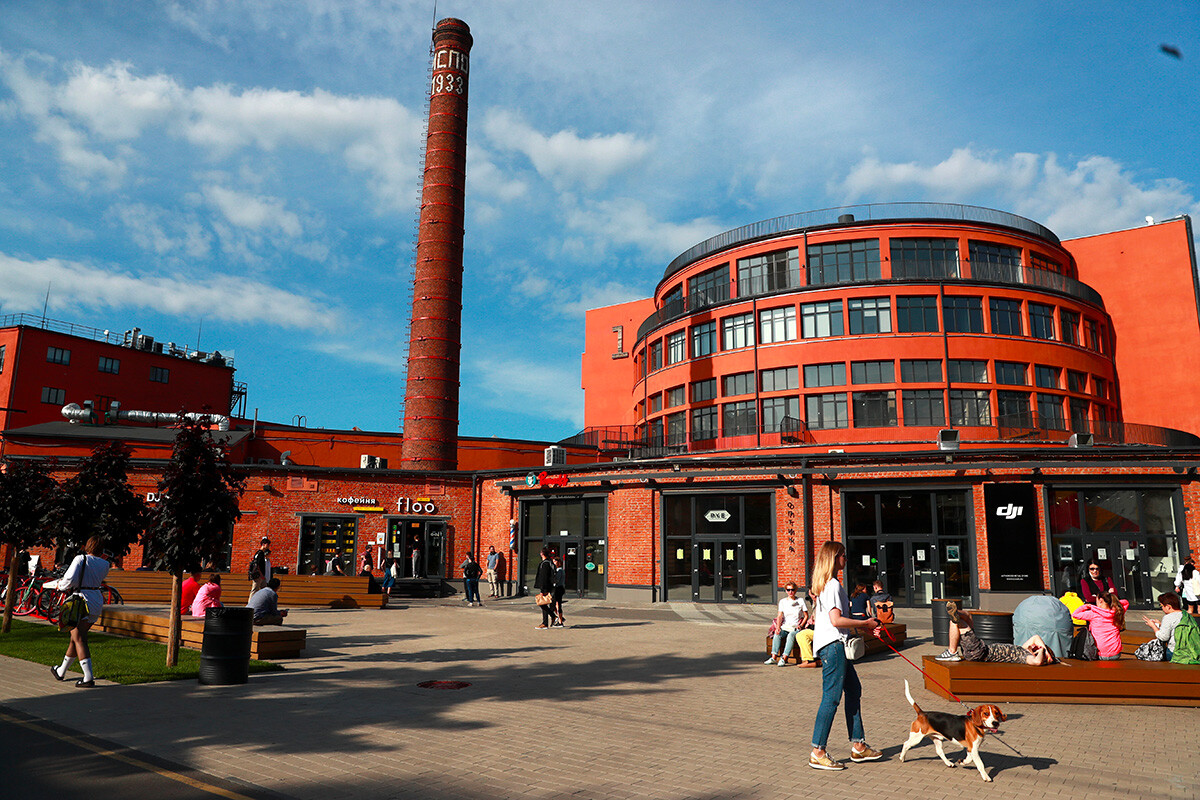
Many historical industrial buildings that remain in Moscow were remade for art spaces and offices. One of the first was ‘Flacon’ in 2009. The old 19th-century perfume factory turned into a center for modern art. You can find showrooms, master-classes, performances, co-working spaces, as well as conceptual clusters. In general, it’s a dream for every trendsetter (read more about other former Moscow factories here).
Kuryanovo Station: Kuryanovo District
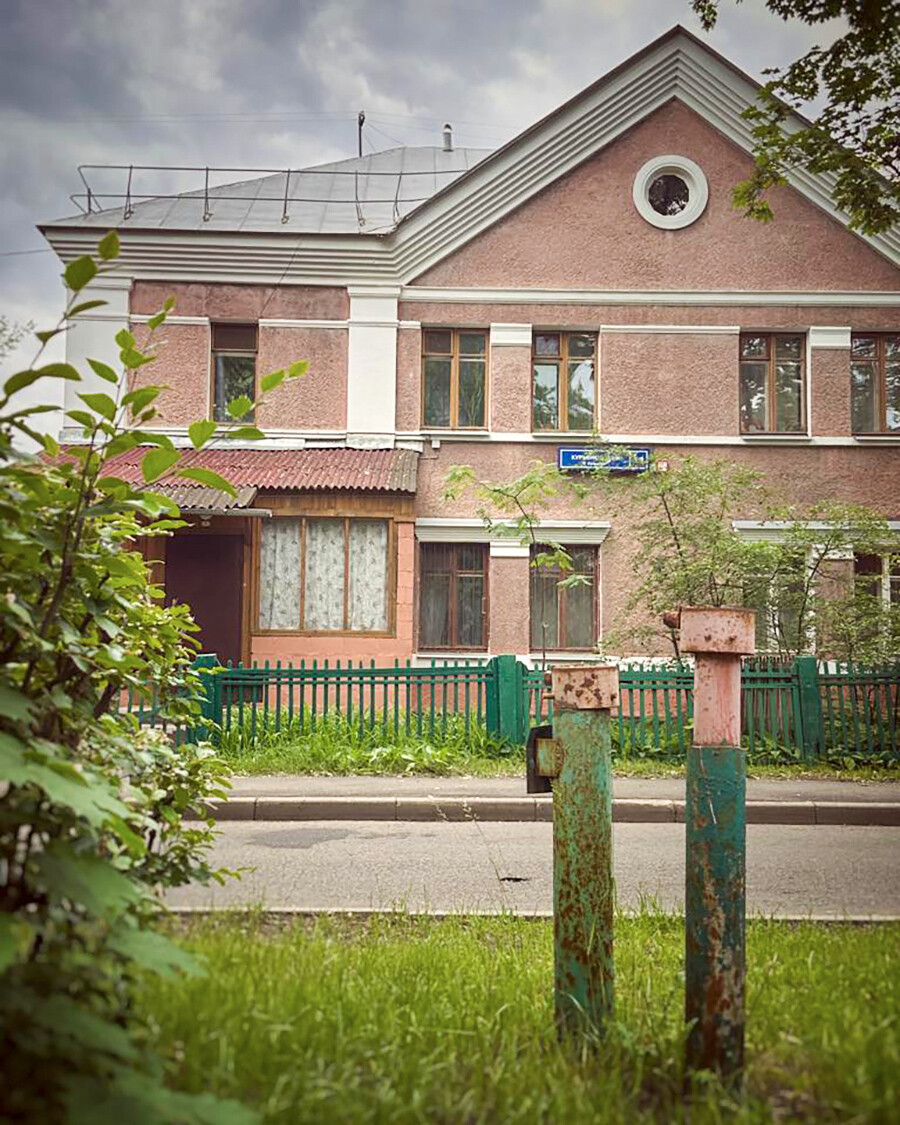
When you get off at this station, you’ll see a Moscow stuck in the middle of the 20th century. This district lies far away from the subway and highways and it kept its initial 1950s layout when it was built as Stalin’s aerator village.
The central part of the district is a square with a Palace of Culture and a Lenin monument. Its streets are symmetrical, with old, two-story houses with front gardens lining them.
Tsaritsyno Station: Tsaritsyno Museum Reserve
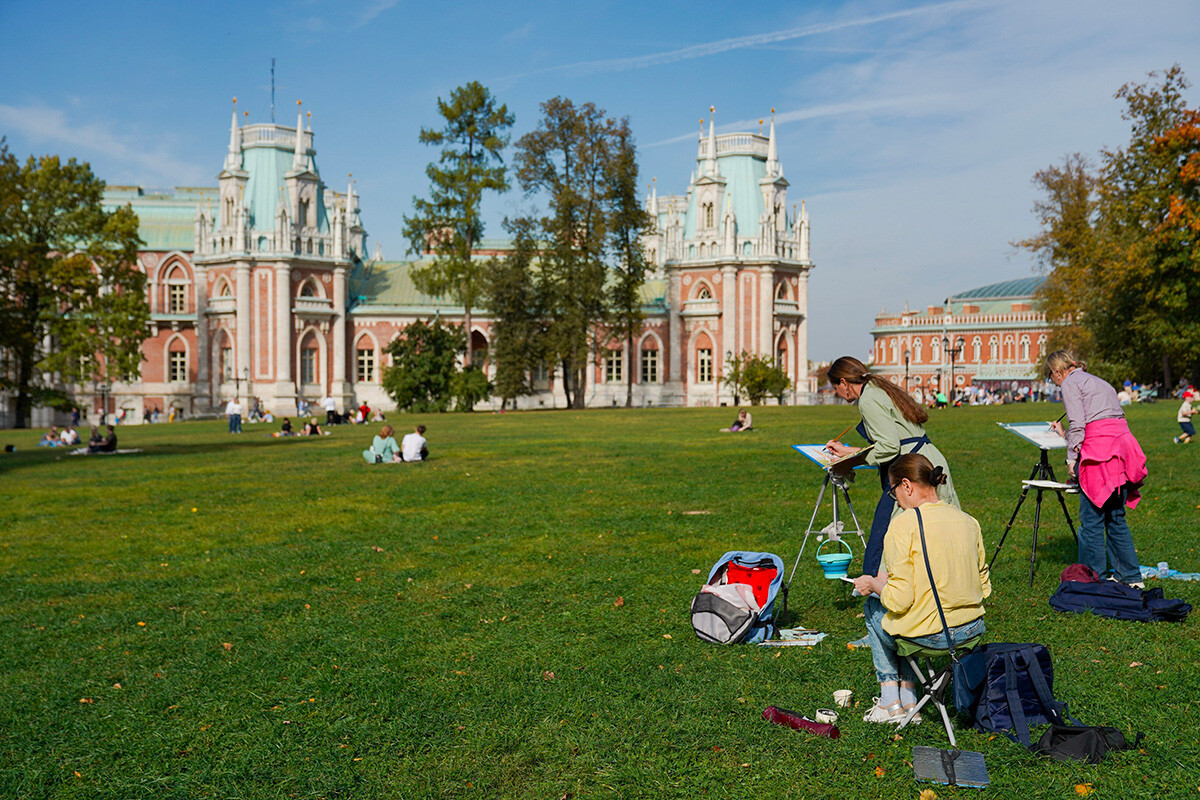
This is one of the largest and most beautiful parks of Moscow! A palace complex, flower greenhouses, giant green areas, a light-and-music fountain and a multitude of footpaths for walks attract tourists from all across the country. The residence itself was built for Catherine the Great, but she didn’t manage to use it; the park around the palace was beloved by Muscovites back in the 19th century, so it’s definitely worth your time. Don’t forget to take some nuts along for the curious local squirrels! By the way, apart from the reserve, you can take a walk to the Lower Tsaritsyno ponds that neighbor the Borisovsky ponds. They are also giant green park zones within Moscow’s limits.
Ostafyevo Station: Ostafyevo Estate
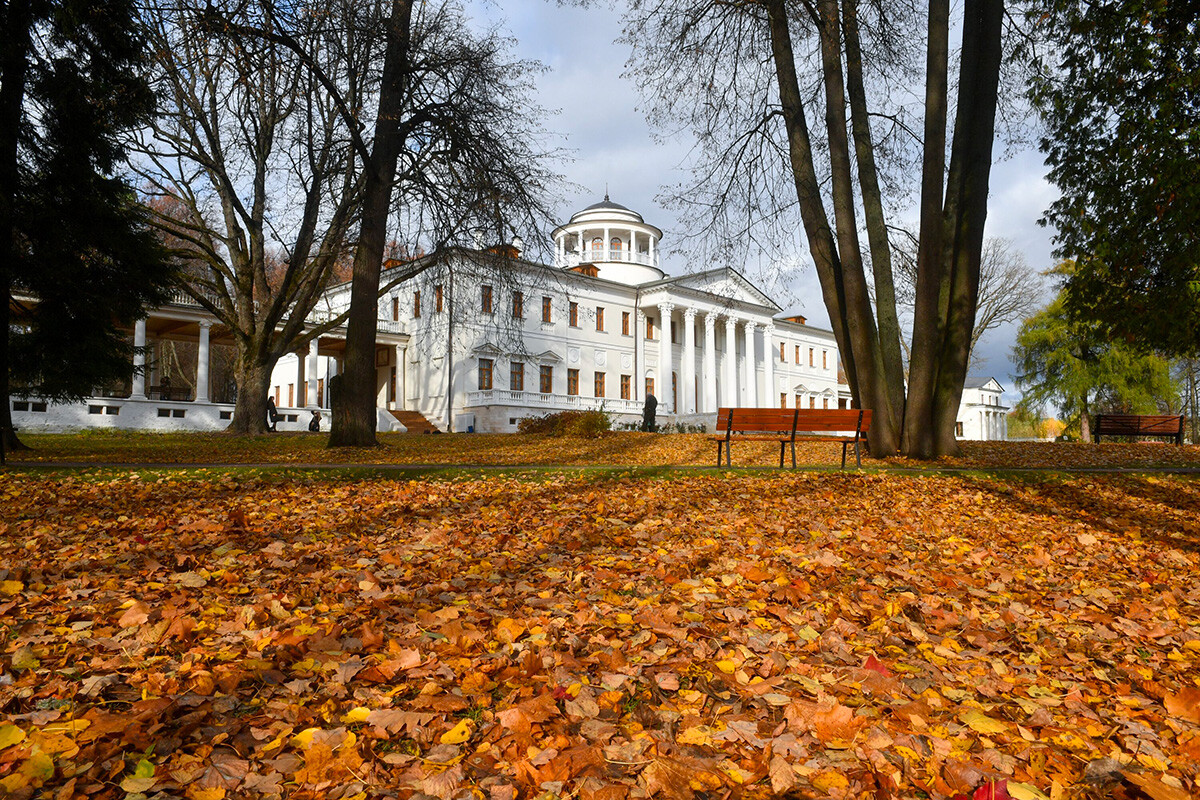
This small museum estate with an adjoining park is a popular place for recreation for the local inhabitants. It was built back at the end of the 18th century and was Moscow Region’s literature center. Poet Vasily Zhukovsky, writer Nikolay Karamzin, poet Konstantin Batyushkov and other artists spent time there. Today, it also hosts literature exhibitions and events.
Kratovo Station: Moscow Children’s Railroad
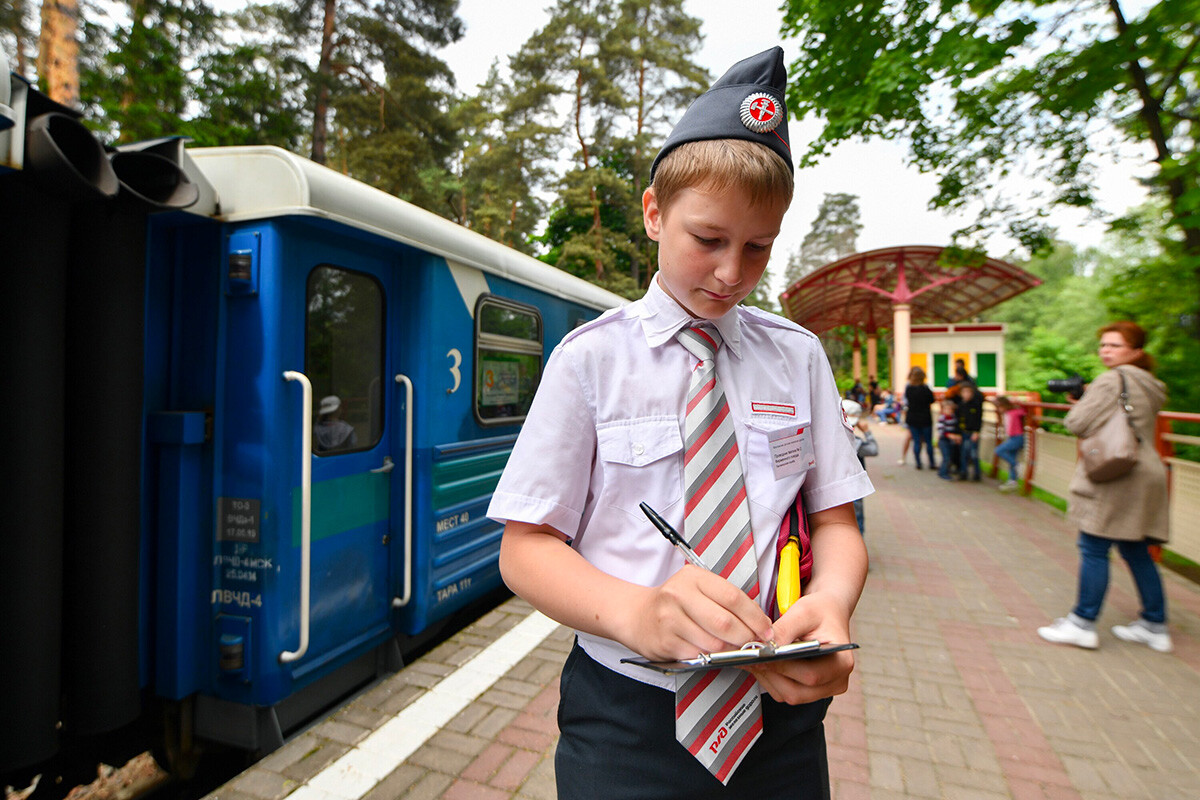
Russia has 25 children’s railroad rides (we talked about them in detail here), with one of the oldest of them located near Kratovo Station. It was opened back in 1937 and looks just like a real one, only smaller.
Teenagers work as drivers, train conductors and dispatchers. The line has two stations: ‘Yunost’ and ‘Pionerskaya’, with two intermediate platforms between them – ‘Shkolnaya’ and ‘Detskaya’. Adults can take a ride, as well (by the way, on the children’s railway, anyone older than 10 is considered an adult!).
Ostankino Station: Ostankino TV Tower (and donuts)
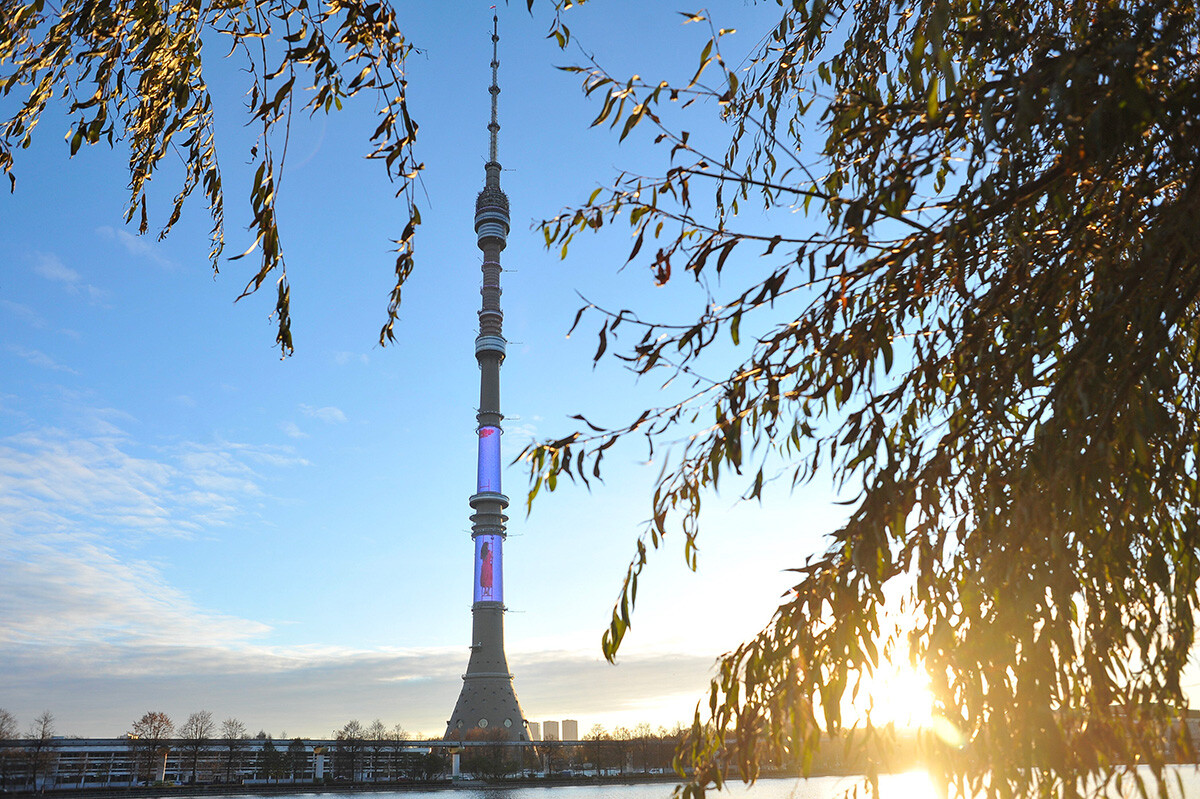
You can see the entire Moscow from a height of 337 meters if you ascend to the observation deck of Ostankino Tower. A few floors lower, you can have a snack in a cafe with a rotating floor. In 40 minutes, you’ll make a full turn while sipping some coffee!
If you’re not too thrilled about heights, then, in Ostankino Park, you can try the famous all-Union standard donuts. They have been baked there since the 1950s. Your reference point is the intersection of Novomoskovskaya Street and Ostankinskaya Street… and a long line of hungry people!
Firsanovskaya Station: Serednikovo Estate & a movie town
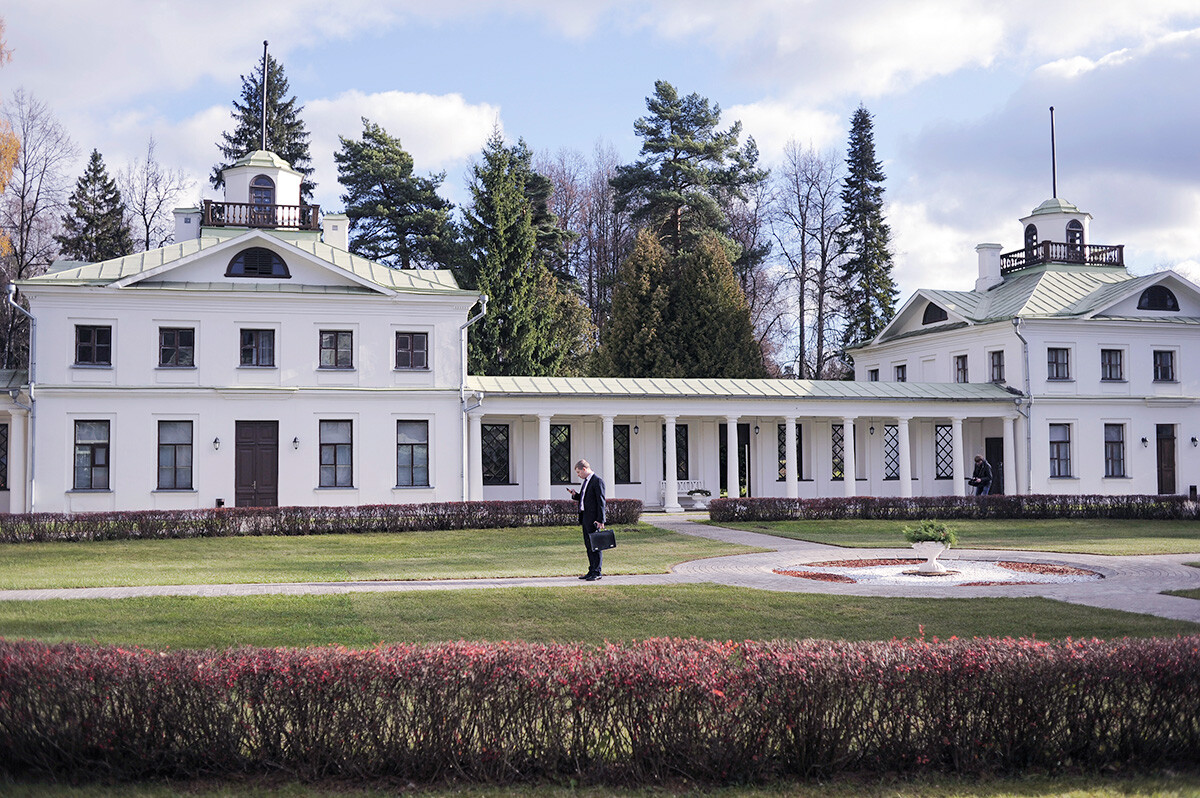
Poet Mikhail Lermontov often visited this old estate in his youth; the sanatorium, opened here after the 1917 Revolution, was named ‘Mtsyri’ after one of his works. Movies and TV shows were shot in these parts; a whole movie town called Piligrim Porto was built from surviving movie props.
You can get into the estate itself by taking one of the excursions that are available on the weekend. The park, meanwhile, is open every day.
Novopodrezkovo Station: the ‘Lefty’ flea market
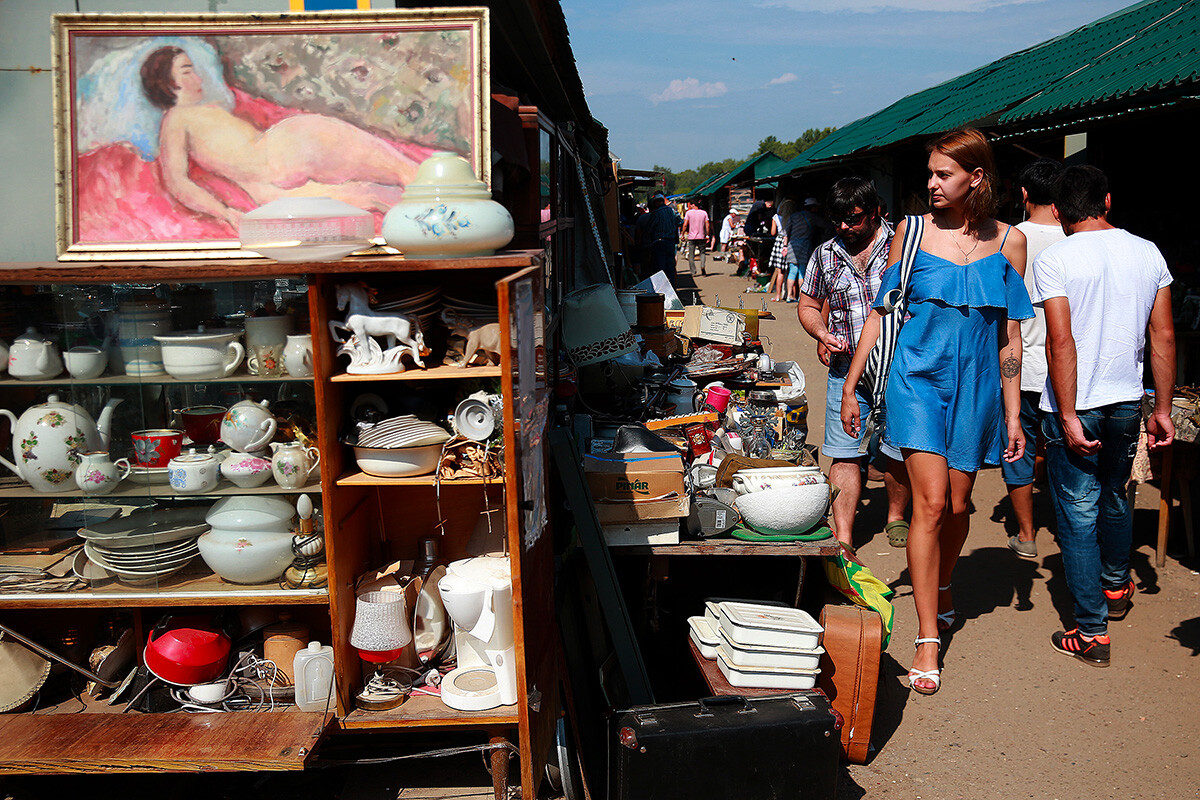
One of the oldest flea markets of Moscow is just a five-minute walk away from the station. Initially, it was located on Khitrovka (from 1824) in the middle of the city, but, in 2010, it was moved to the outskirts – significantly gaining in size. Fans of rummaging through vintage chests and clothing always line up to be the first to enter when it opens. However, that is only on weekends, from 7:00 to 20:00.
Levoberezhnaya Station: ‘Eco-bereg’ park

This is a promenade along the Moscow Canal, with enough space for children’s playgrounds, chess game tables, a special rollerdrome zone and a variety of forest footpaths on different levels.
Peredelkino Station: Peredelkino writers’ village
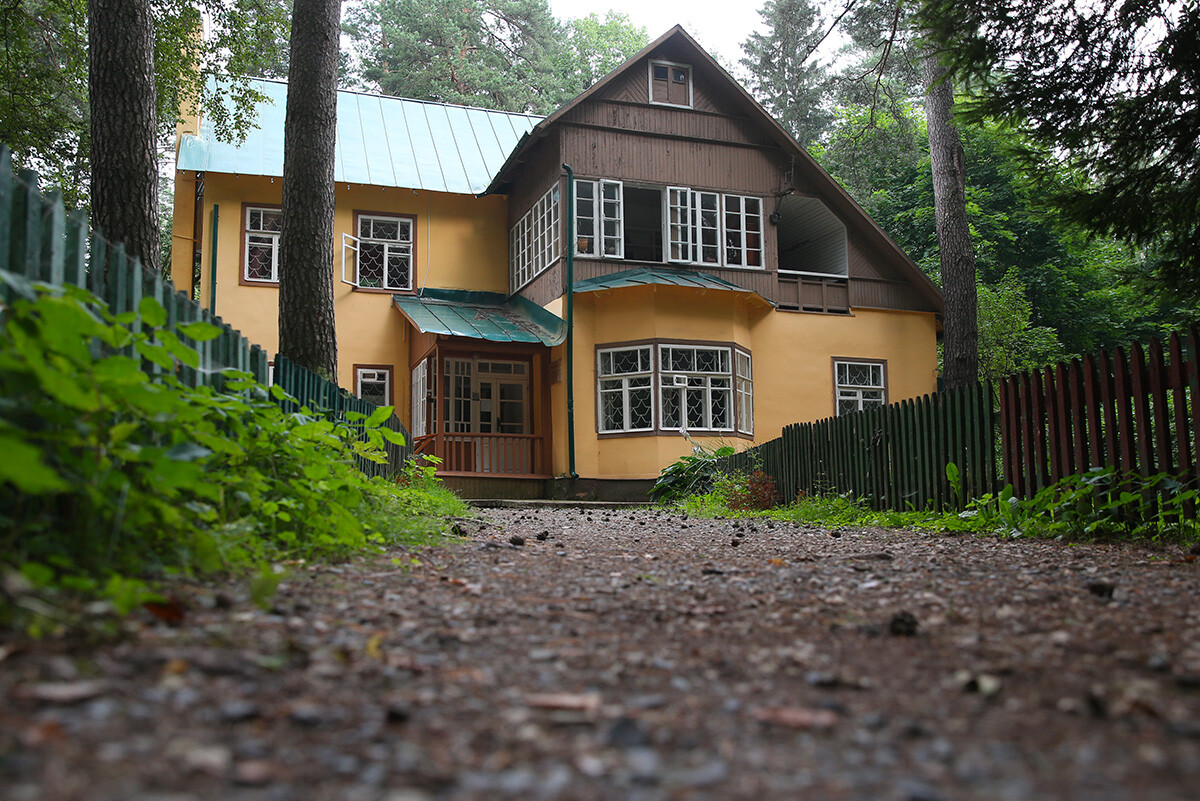
In 1933, on the initiative of Maxim Gorky, a dacha village of writers – Peredelkino – appeared in the southwest of Moscow. Gorky suggested creating such a place where authors would be able to not just work, but also talk to each other. Among the people who lived there were Boris Pasternak, Konstantin Paustovsky, Korney Chukovsky, Bulat Okudzhava, but also many more. In Peredelkino, you can pay a visit to their museum houses or talk to young writers (or just young people) in the Art House.
Not far there’s the giant and extremely beautiful Meshchersky woodland park, where it’s pleasant to wander in any season of the year.
Poklonnaya Station: Poklonnaya Hill
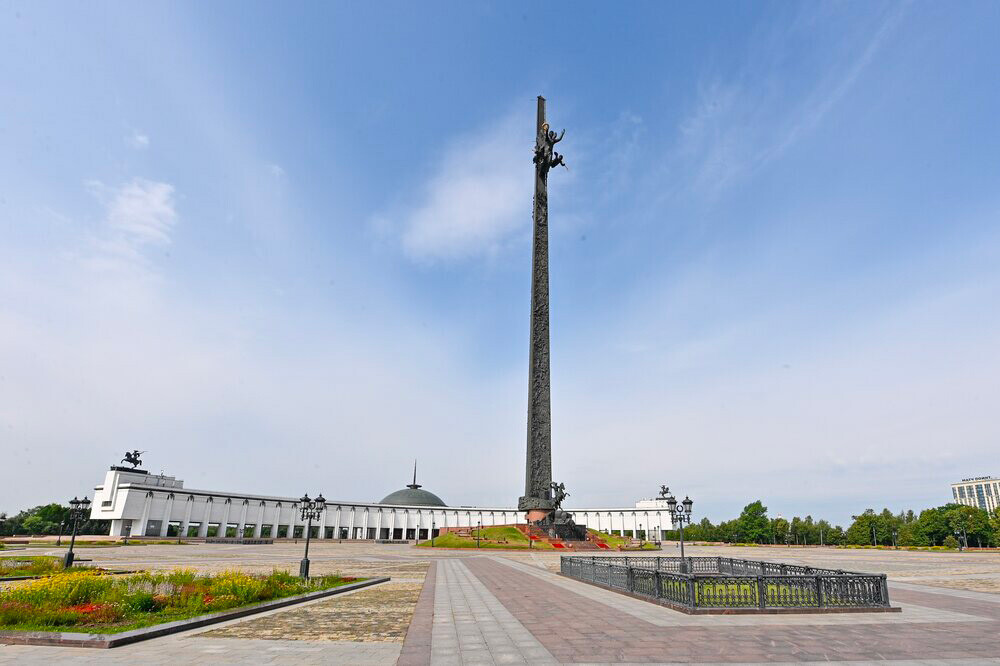
Historically, Poklonnaya Hill was situated on the road that led to Moscow from the west. Today, it hosts Victory Park, dedicated to World War II. In the center of the memorial is an obelisk towering 141.8 meters tall which serves as memory of the 1,418 days of war (known as the Great Patriotic War, 1941-1945).
The park also has an exhibition of vintage military vehicles and the Museum of Victory.
Testovskaya Station: Moscow City
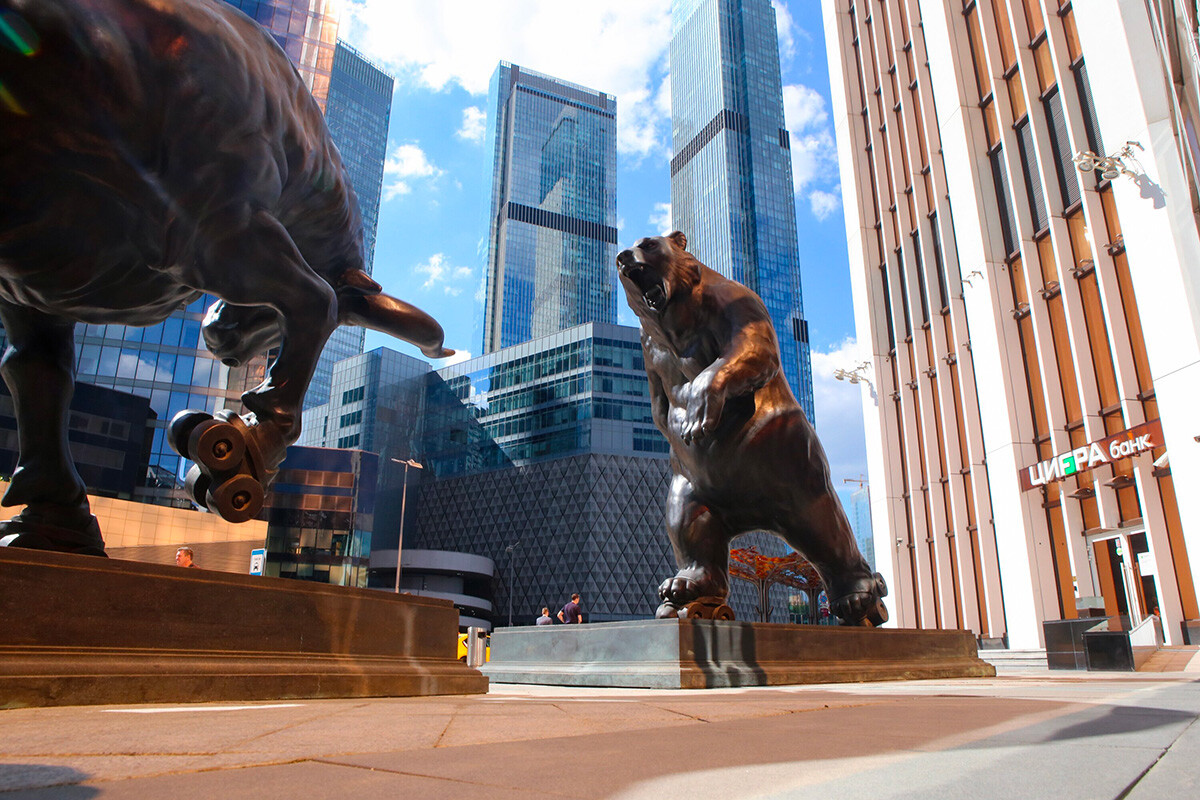
You can see the most modern skyscrapers of the capital and even go as high as the 89 floor! Testovskaya Station is located right across Moscow City, so you can reach beautiful views in mere minutes!
There’s also a Testovskaya Station on the MCD-1. You can reach this place from that station, too, but it will take a bit longer.
Serp i Molot Station: Andronikov Monastery of the Savior
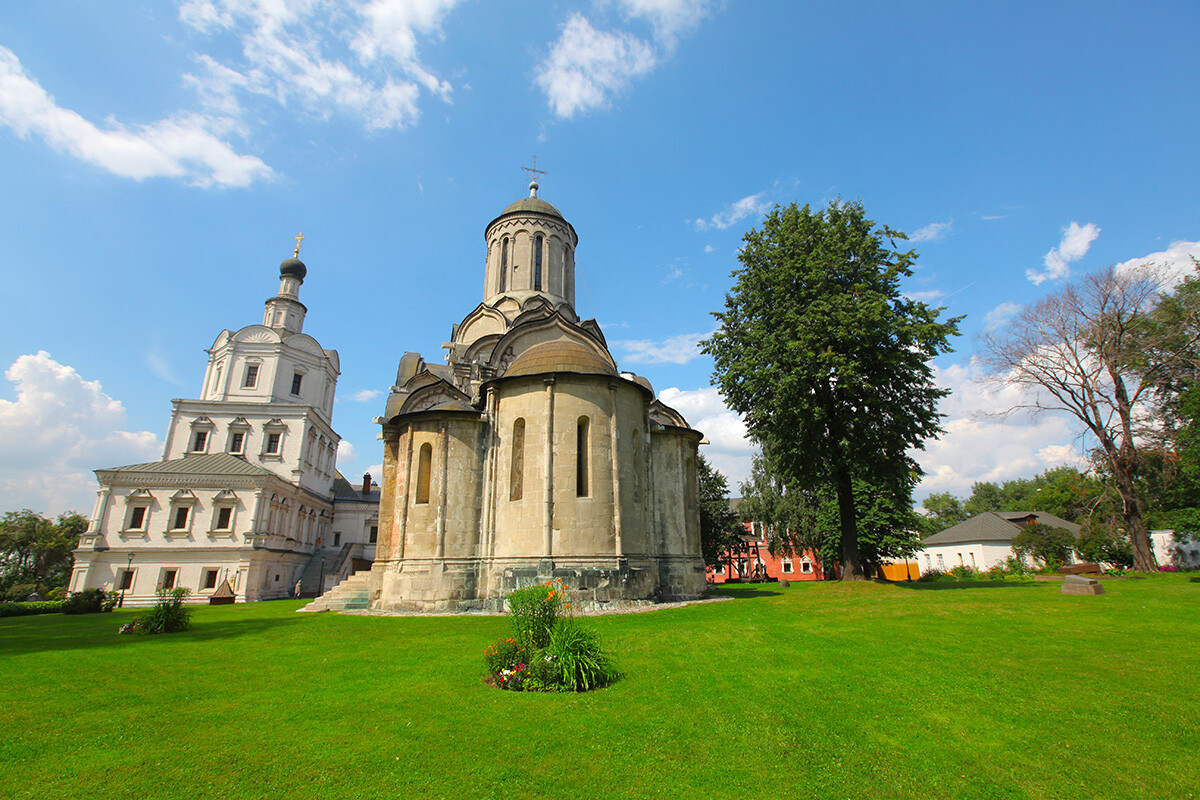
The Savior Cathedral of this monastery is the oldest surviving church in Moscow. It was founded in the 14th century and rebuilt at the beginning of the 15th century.
The monastery received its name after Andronik, a student of Sergius of Radonezh. A museum dedicated to Andrei Rublev, who worked in the monastery, is located there. There are no surviving originals of his works in the church; but, nonetheless, the museum has one of the largest collections of ancient icons in Russia.
Kuskovo Station: Kuskovsky woodland park
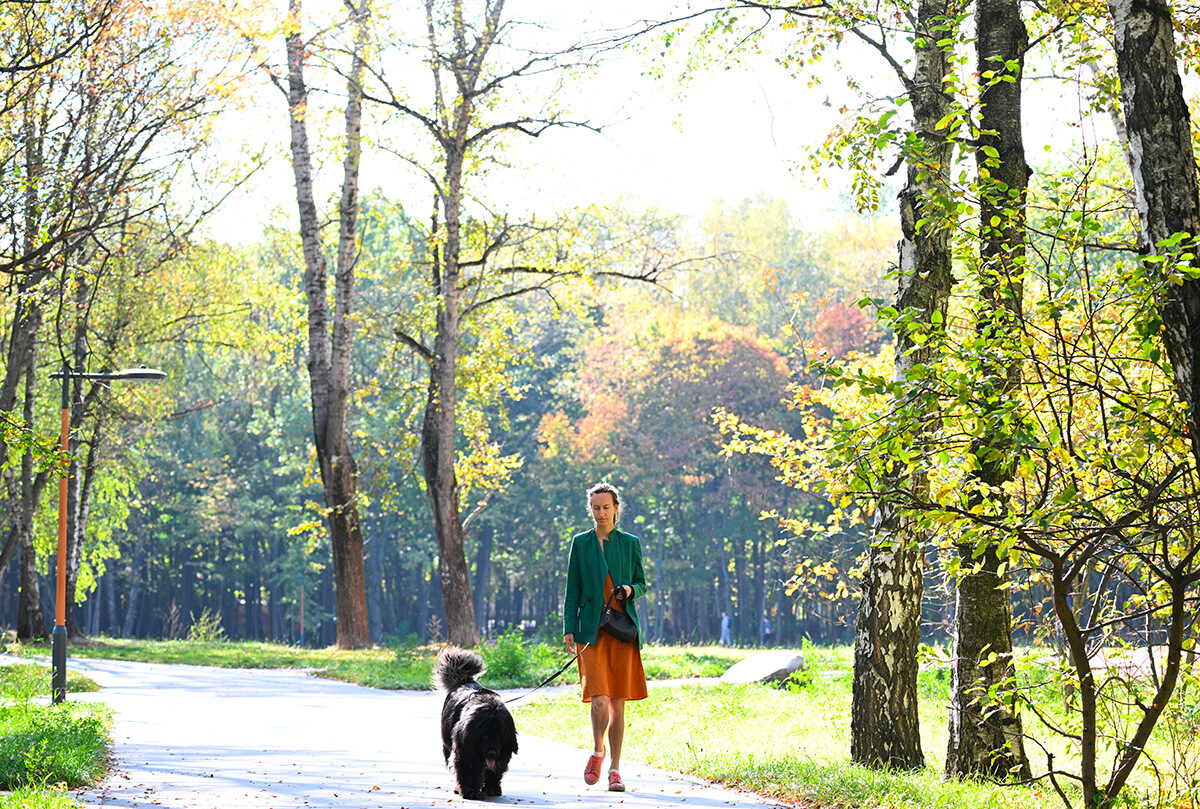
Before the Revolution, Сount Sheremetev owned the Kuskovo Estate. The park is built based on the European model, with numerous garden galleries and ponds. It can be roughly divided into three parts: the ‘French’ park, the ‘English’ park (find out what the difference between them here) and the dam. Such a layout has survived practically unchanged to our day, despite the fact that 300 years have passed! The palace itself has also survived. You can also enter the park from the opposite side from the MCD-3’s Veshnyaki Station.
Dear readers,
Our website and social media accounts are under threat of being restricted or banned, due to the current circumstances. So, to keep up with our latest content, simply do the following:
If using any of Russia Beyond's content, partly or in full, always provide an active hyperlink to the original material.
Subscribe
to our newsletter!
Get the week's best stories straight to your inbox